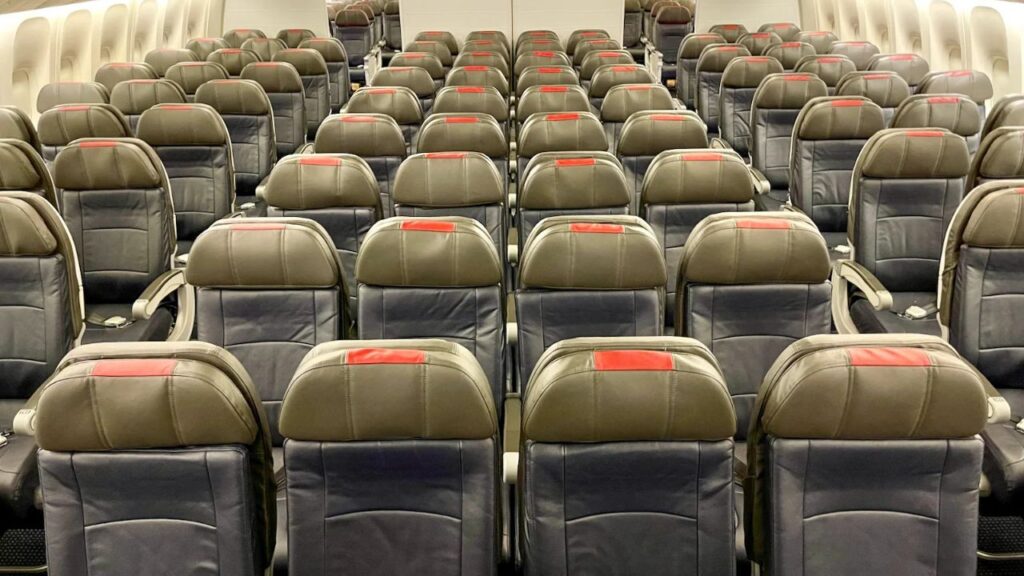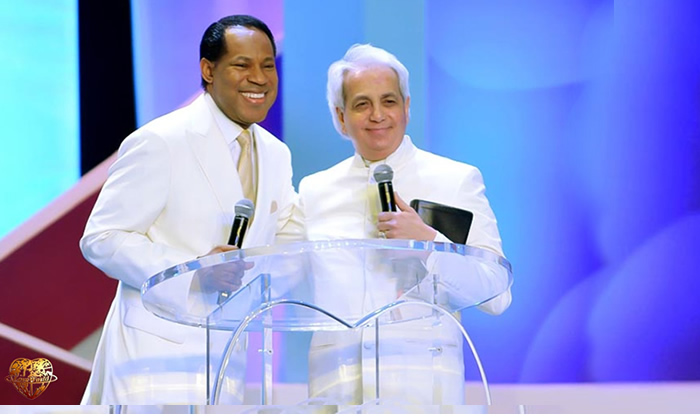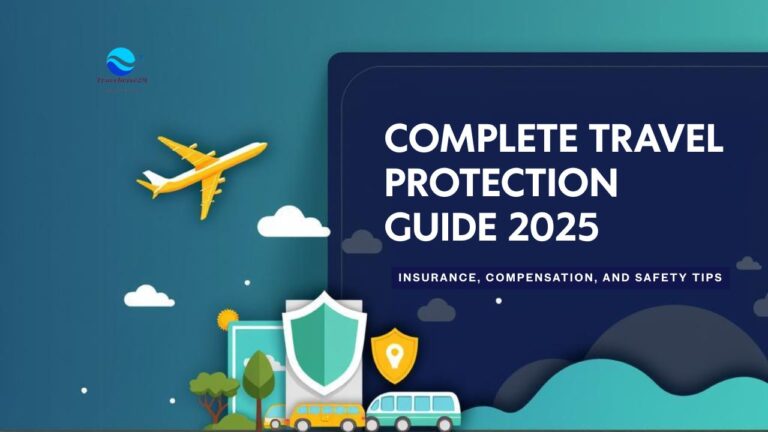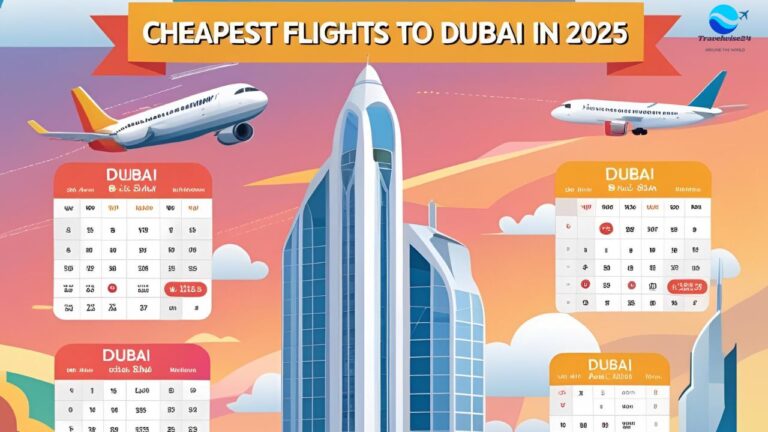Understanding Airline Fare Classes
When booking a flight, you’ve likely encountered terms like “Basic Economy,” “Main Cabin,” or “Premium Economy.” While these might seem like simple marketing labels, they represent distinct fare classes with significant differences in price, flexibility, and onboard experience. At Travelwise24, we believe informed travelers make better decisions, so we’ve created this comprehensive guide to help you navigate airline fare classes and select the option that best suits your needs and budget.
The Alphabet Soup of Fare Classes
Airlines use a complex system of letter codes to designate different fare types. As we explained in our guide to decoding your airline ticket, these letters appear on your ticket number and determine everything from your seat assignment rights to your upgrade eligibility.

Common fare class designations include:
- F, A: First Class
- J, C, D: Business Class
- P, W: Premium Economy
- Y, B, M, H: Full-fare Economy
- Q, K, L, V, T: Discounted Economy
- E, U, G: Basic Economy (on many carriers)
While these codes vary somewhat between airlines, they generally follow similar patterns. Let’s explore what each main cabin category offers and who should consider booking it.
Basic Economy: Stripped-Down Travel
Introduced relatively recently by major carriers, Basic Economy represents the airline industry’s response to ultra-low-cost competitors.
Key Characteristics of Basic Economy:
- Lowest advertised price point
- Limited or no carry-on baggage (on some airlines)
- No advance seat selection (or paid seat selection only)
- Last to board the aircraft
- No changes or cancellations allowed, even with a fee
- Reduced or no elite qualifying miles for frequent flyer programs
- No eligibility for upgrades, even with elite status
When Basic Economy Makes Sense:
- Short flights where comfort is less critical
- Solo travelers who don’t care where they sit
- Trips with minimal luggage requirements
- Firm travel plans with virtually no chance of changes
- Budget-conscious travelers focused primarily on price
The Hidden Costs:
While Basic Economy fares appear cheapest at first glance, added fees can quickly erode any savings. Before booking, calculate the total cost including any charges for:
- Seat selection (typically $10-50 per flight)
- Carry-on baggage (up to $65 each way on some carriers)
- Checked baggage (usually $30-60 per bag)
- Boarding position upgrades
- Onboard refreshments
As we often highlight in our Blog, the lowest advertised fare isn’t always the best value when all costs are considered.
Standard Economy: The Middle Ground
Also called “Main Cabin” or just “Economy,” this traditional fare class offers a balance between affordability and flexibility.
Key Characteristics of Standard Economy:
- Moderately priced above Basic Economy
- Free carry-on baggage on most airlines
- Advance seat selection (although preferred seats may cost extra)
- Standard boarding group assignment
- Changes permitted with a fee (typically $100-200 for domestic flights)
- Full elite qualifying miles for frequent flyer programs
- Upgrade eligible with miles, certificates, or elite status
- Same onboard service as Basic Economy
When Standard Economy Makes Sense:
- Flights with potential schedule uncertainties
- Travelers who value having a confirmed seat location
- Those carrying standard luggage
- Frequent flyers building status
- Passengers eligible for upgrades
Cost-Benefit Analysis:
The price difference between Basic and Standard Economy varies significantly between routes and airlines, ranging from $15 to $80+ per one-way flight. If you would pay for seat selection anyway, the upgrade to standard economy often becomes much more attractive.
Premium Economy: Enhanced Comfort
Not to be confused with “Economy Plus” or “Comfort+” (which are typically standard economy with extra legroom), true Premium Economy is a distinct cabin class offering substantial enhancements.
Key Characteristics of Premium Economy:
- Wider seats (typically 2-3 inches wider than economy)
- Significantly more legroom (7-8 inches more than standard economy)
- Enhanced meal service often closer to business class than economy
- Elevated amenities such as amenity kits, premium headphones, and larger entertainment screens
- Priority check-in and boarding
- Increased baggage allowance
- Greater flexibility for changes and cancellations
- Higher elite qualifying miles earning (often 110-150% of distance flown)
When Premium Economy Makes Sense
- Long-haul international flights where comfort matters
- Business travelers with moderate budgets
- Leisure travelers seeking enhanced comfort without business class prices
- Tall or larger passengers who benefit from additional space
- Those who value priority airport experience but don’t need flat beds
International vs. Domestic Premium Economy
It’s important to note that international Premium Economy offers dramatically more value than domestic versions. On many airlines, international Premium Economy provides an experience closer to domestic First Class, while domestic Premium Economy (often marketed as “Comfort+” or “Main Cabin Extra”) simply offers standard economy with a few more inches of legroom.
Specialized Economy Fare Classes
Beyond these three main categories, airlines offer specialized fare types to target specific customer needs:
Flexible Economy:
- Full-fare tickets (usually Y-class) that allow changes without fees
- Last-minute refundability
- Often automatically upgraded to premium cabins when space permits
- Priced significantly higher than regular economy
Bundle Fares:
- Packages that include economy tickets plus selected perks
- Often include checked bags, seat selection, and priority boarding
- Examples include American’s “Main Cabin Extra Bundle” or Delta’s “Comfort+ Bundle”
Family Fares:
- Guarantees families sit together
- Sometimes includes early boarding for families with young children
- May offer discounted children’s meals or entertainment
How to Decide Which Fare Class Is Right for You
When evaluating fare classes for your next trip, consider these factors:
1. Trip Duration and Timing
For red-eye flights or journeys over 6 hours, the comfort upgrades of Premium Economy become significantly more valuable. For quick day trips, the stripped-down approach of Basic Economy might suffice.
2. Baggage Requirements
If you’re traveling with more than a personal item, always compare the Basic Economy + baggage fee total against the Standard Economy fare, which typically includes a carry-on.
3. Flexibility Needs
How certain are your travel plans? If there’s any chance of changes, the inflexibility of Basic Economy creates significant risk.
4. Loyalty Program Considerations
Frequent flyers should be aware that Basic Economy fares often earn reduced qualifying miles or segments for status purposes, potentially impacting your ability to maintain elite status.
5. Total Journey Experience
Consider the entire travel experience, including check-in, boarding, connections, and arrival. Premium fare classes typically smooth out these touchpoints with priority service.
6. True Price Comparison
When comparing options across airlines, make sure you’re calculating the total price including all services you’ll need (baggage, seats, meals, etc.).
Reading the Fine Print
As we highlighted in our article on How to Read the Fine Print on Your E-Ticket, understanding what you’re purchasing is crucial. Before confirming any booking, carefully review:
- Baggage allowances: Weight, size, and number of permitted items
- Seat selection rights: Whether selection is free, paid, or only available at check-in
- Change and cancellation terms: Fees, deadline requirements, and credit validity
- Boarding group: Your assigned boarding position
- Amenities included: Meals, drinks, entertainment, and Wi-Fi access
- Mileage accrual: How many miles and qualifying dollars you’ll earn
💺 Ready to Book in Your Preferred Class?
Now that you understand fare classes, here’s how to book smart and save money:
💡 Booking Strategy by Class:
Economy Class Booking (Y, B, H, Q Classes)
Perfect for budget travelers who prioritize savings over frills:
Full-Fare Economy (Y, B Classes):
- Benefits: Full refunds, free changes, advance seat selection
- Best for: Business travelers, uncertain schedules
- Tip: Book these during sales for flexibility at discount prices
Discounted Economy (H, Q, V Classes):
- Benefits: Significant savings, still earn frequent flyer miles
- Restrictions: Change fees, limited refunds, basic seat selection
- Best for: Leisure travelers with fixed plans
Premium Economy Booking (W, P Classes)
30-50% more space and service for 50-100% more cost:
Premium Economy Benefits:
- Extra legroom: 5-7 inches more than economy
- Enhanced service: Better food, priority boarding
- Comfort upgrade: Wider seats, better entertainment
- Sweet spot: Best value for long-haul flights (8+ hours)
When to Book Premium Economy: ✅ Flights over 8 hours – Comfort becomes crucial
✅ Red-eye flights – Better sleep quality
✅ Special occasions – Honeymoons, anniversaries
✅ Business trips – Arrive refreshed and productive
Search Premium Economy Options →
Business Class Booking (J, C, D Classes)
Luxury travel that’s sometimes surprisingly affordable:
Business Class Smart Booking:
- Tuesday 3PM: Statistical best time for business class deals
- Mistake fares: Can save 60-80% on premium cabins
- Upgrade bidding: Often cheaper than buying business directly
- Off-season travel: Business class drops significantly during low season
Business Class Value Routes:
- Middle East carriers: Emirates, Qatar, Etihad often competitive
- Asian routes: Premium service at lower prices than US/EU carriers
- Connecting flights: Sometimes cheaper than direct premium economy
Compare Business Class Prices →
🎯 Fare Class Booking Hacks That Save Money
Mistake Fare Strategy:
- Monitor fare alerts for unusually low business/first class prices
- Book immediately – mistake fares disappear within hours
- Travel flexibility required – dates and routes limited
- Success rate: 70% of properly booked mistake fares are honored
Mixed Cabin Booking:
- Outbound economy, return business – Often cheaper than round-trip business
- Connecting flight upgrades – Upgrade just the long-haul segments
- Stopover opportunities – Book separate tickets for complex routes
Upgrade Bidding Systems:
Airlines with Bidding:
- Lufthansa: UpgradeBid system
- Austrian: MyOffer upgrades
- Swiss: UpgradeBid platform
- United: PlusPoints and cash bids
Bidding Strategy:
- Bid 20-40% of the fare difference between classes
- Monitor 24-48 hours before departure for results
- Higher success rate on less popular routes and times
🏨 Don’t Forget Your Hotel Class Too!
Just like airlines, hotels have different rate classes that affect your benefits:
Hotel Rate Classes Explained:
- Standard rates: Full benefits, flexible cancellation
- Advance purchase: 10-30% savings, non-refundable
- Member rates: Loyalty program discounts and benefits
- Package rates: Flight + hotel bundles
Find Hotels That Match Your Flight Class →
📈 Seasonal Fare Class Strategy
Peak Season Booking (December, July-August):
- Book economy early – Premium classes sell out fast
- Consider mixed cabins – Outbound peak, return off-peak
- Flexible dates help – Even 1-2 days can save hundreds
Off-Season Opportunities (January-March, October-November):
- Business class bargains – Sometimes only 30-50% more than economy
- Upgrade opportunities – Airlines more generous with complimentary upgrades
- Better award availability – Use miles for premium cabins
Shoulder Season Sweet Spot (April-May, September):
- Best value for premium classes – Good weather, lower prices
- Higher upgrade success rates – Fewer business travelers
- Package deal opportunities – Hotels and airlines offer bundles
🎯 Book Your Perfect Fare Class Today
Quick Decision Guide:
Choose Economy If: ✅ Flight under 6 hours
✅ Budget is primary concern
✅ Flying frequently (comfort less critical)
✅ Destination spending priority
Choose Premium Economy If: ✅ Flight over 8 hours
✅ Special occasion travel
✅ Want comfort without luxury prices
✅ Business trip requiring arrival readiness
Choose Business Class If: ✅ Flight over 12 hours
✅ Important business meeting upon arrival
✅ Found mistake fare or great deal
✅ Celebrating special milestone
Start Your Smart Booking:
Search All Fare Classes & Compare Prices →
Why Smart Travelers Use Our Platform: ✅ Compare all fare classes in one search
✅ Fare alerts for premium class deals
✅ Flexible date options to find best class pricing
✅ Expert support for complex bookings
✅ Best price guarantee across all cabin classes
🚗 Complete Your Trip: Ground Transportation
Don’t let expensive airport transfers eat into your fare class savings:
Compare Airport Transfer Options →
Transfer Class to Match Flight Class:
- Economy flights: Shared shuttles, public transport
- Premium economy: Private cars, ride-sharing
- Business class: Private transfers, luxury vehicles
💡 Pro Tips for Fare Class Success
Before You Book:
- Clear browser cookies – Prices can increase with repeated searches
- Use incognito mode – Avoid dynamic pricing
- Compare across multiple dates – Fare classes vary by day
- Check different airports – Secondary airports often have better deals
After You Book:
- Monitor for price drops – Some airlines offer price adjustments
- Check upgrade opportunities – 24-48 hours before departure
- Arrive early for standby upgrades – Sometimes available at gate
- Join airline loyalty programs – Immediate benefits even without status
Fare Class Mistake to Avoid:
❌ Booking basic economy thinking it’s the same as regular economy
❌ Ignoring fare rules – Understanding restrictions prevents surprises
❌ Not considering total trip cost – Factor in baggage, meals, seats
❌ Booking premium without research – Some routes have poor premium products
📚 Related Guides for Fare Class Masters
- Best Flight Booking Sites 2025 – Find the best deals across all classes
- Emirates vs Qatar Airways Business Class – Premium airline comparison
- Cheapest Flights to Dubai 2025 – Route-specific fare class deals
- How to Book Hotels Without Credit Cards – Payment alternatives for travel
Ready to book the perfect fare class for your next adventure? Understanding these classes is just the beginning – now use this knowledge to get the best value for your travel style
The Future of Airline Fare Classes
The airline industry continues to evolve its fare structures, with several emerging trends:
- Subscription models: Airlines like Frontier and Alaska now offer subscription services that provide discounted fares and perks for regular travelers
- Dynamic bundling: Increasingly sophisticated algorithms offering personalized fare bundles based on your travel history
- Premium Basic Economy: Some carriers are testing enhanced Basic Economy fares that restore specific perks like seat selection while maintaining other restrictions
Stay updated on these developments by following the Travelwise24 Blog, where we regularly share industry news and insights.
Conclusion: Value vs. Price
The proliferation of fare classes has made air travel shopping more complex but also created opportunities for savvy travelers to optimize their experience. The key is understanding the difference between price and value – the lowest fare isn’t always the best deal if it compromises aspects of travel that matter to you.
By learning to navigate fare classes effectively, you can make informed choices that balance your budget constraints with your comfort needs and flexibility requirements.
For more travel tips and inspiration for your next journey, explore our WANDERLUST 2025: 30 EXTRAORDINARY DESTINATIONS guide or learn about seasonal travel opportunities in our Ultimate Guide to Spring Holidays and Celebrations.
Have specific questions about airline fare classes? Feel free to Contact our travel experts for personalized guidance.








